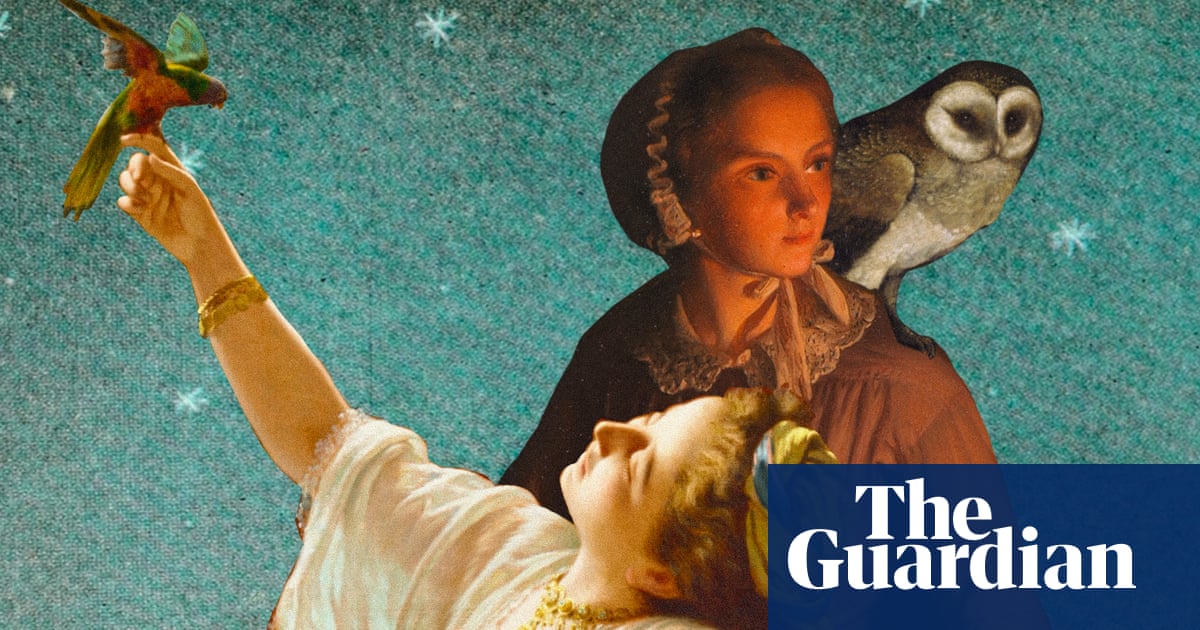Key insights
-
1
Chronotype and aging
Chronotypes shift naturally with age, impacting sleep patterns.
-
2
Health risks for night owls
Night owls face higher risks of health issues and cognitive decline.
-
3
Creativity and intelligence debate
Studies suggest night owls may be more creative, but evidence is mixed.
Takeaways
Understanding chronotypes is essential for optimizing health and productivity. Aligning daily routines with natural sleep preferences can lead to better well-being.

